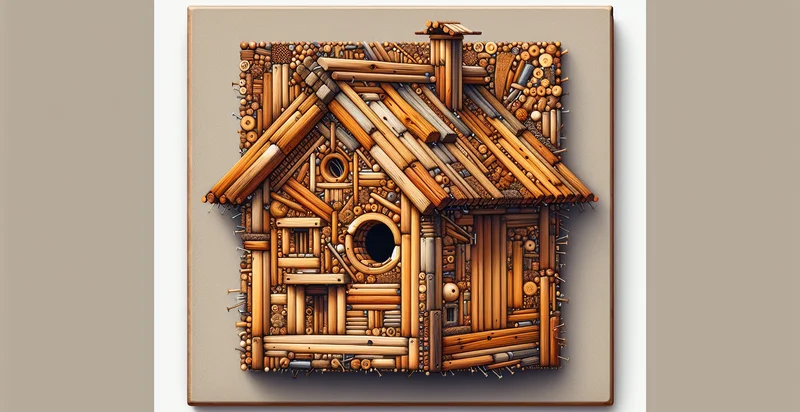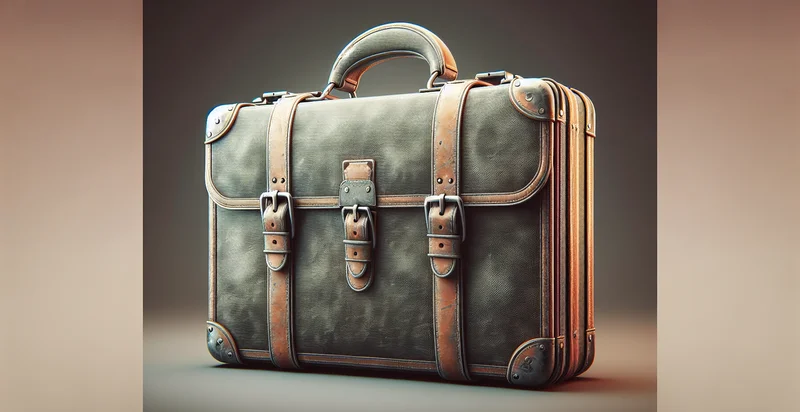Identify what material a stapler is made from
using AI
Below is a free classifier to identify what material a stapler is made from. Just upload your image, and our AI will predict what material a stapler is made from - in just seconds.

Contact us for API access
Or, use Nyckel to build highly-accurate custom classifiers in just minutes. No PhD required.
Get started
import nyckel
credentials = nyckel.Credentials("YOUR_CLIENT_ID", "YOUR_CLIENT_SECRET")
nyckel.invoke("what-material-a-stapler-is-made-from", "your_image_url", credentials)
fetch('https://www.nyckel.com/v1/functions/what-material-a-stapler-is-made-from/invoke', {
method: 'POST',
headers: {
'Authorization': 'Bearer ' + 'YOUR_BEARER_TOKEN',
'Content-Type': 'application/json',
},
body: JSON.stringify(
{"data": "your_image_url"}
)
})
.then(response => response.json())
.then(data => console.log(data));
curl -X POST \
-H "Content-Type: application/json" \
-H "Authorization: Bearer YOUR_BEARER_TOKEN" \
-d '{"data": "your_image_url"}' \
https://www.nyckel.com/v1/functions/what-material-a-stapler-is-made-from/invoke
How this classifier works
To start, upload your image. Our AI tool will then predict what material a stapler is made from.
This pretrained image model uses a Nyckel-created dataset and has 7 labels, including Aluminum, Composite, Metal, Plastic, Rubber, Steel and Wood.
We'll also show a confidence score (the higher the number, the more confident the AI model is around what material a stapler is made from).
Whether you're just curious or building what material a stapler is made from detection into your application, we hope our classifier proves helpful.
Related Classifiers
Need to identify what material a stapler is made from at scale?
Get API or Zapier access to this classifier for free. It's perfect for:
- Quality Control in Manufacturing: A stapler manufacturing company can implement the image classification function to automatically assess the materials used in its products. This ensures that only specified materials are used, helping maintain quality standards and reduce costs associated with material defects.
- Sustainability Reporting: Companies focused on sustainability can use this function to classify staplers based on their materials and assess their environmental impact. By identifying recyclable or eco-friendly materials, they can better report on their sustainability initiatives and improve their market positioning.
- Product Cataloging and Management: Retailers can leverage the classification function to automatically categorize staplers based on their material composition. This can streamline inventory management and enhance product searchability for consumers seeking specific types of staplers.
- Market Analysis and Trend Monitoring: Businesses can use the image classification function to analyze market trends in staplers by evaluating which materials are most commonly used. Insights gained from such analysis can inform product development and marketing strategies.
- Consumer Education: Office supply stores can implement the image classification tool on their websites to educate consumers about the materials used in staplers. Providing detailed material information can help customers make informed purchasing decisions aligned with their preferences for sustainability or quality.
- Regulatory Compliance: Manufacturers can utilize the function to verify compliance with industry regulations regarding material use in office supplies. By ensuring that their products meet safety and material standards, they can avoid potential legal issues and promote trust among consumers.
- Product Differentiation and Branding: Companies can employ the image classification function to highlight unique material compositions in their branding strategies. This capability could help differentiate their stapler products from competitors, attracting customers who value innovation and material quality.


